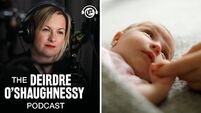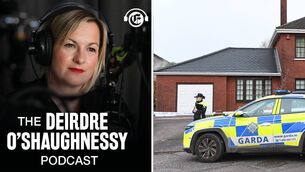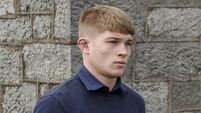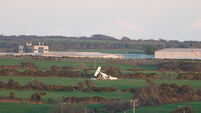Chrissie, 91, hopes to bring closure to baby Michael's death in Tuam Mother and Baby Home
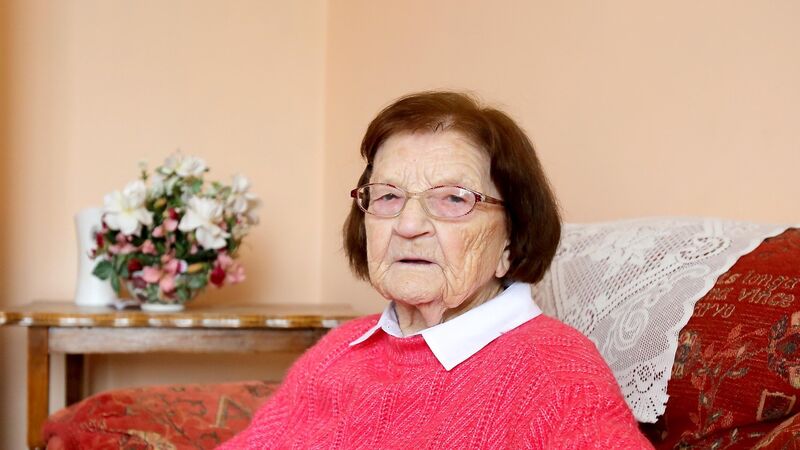
Chrissie Tully, aged 91, from Loughrea, Co Galway. She never saw her baby’s face or held him in her arms and was never told where he was laid to rest.
Picture: Hany Marzouk
Before she goes to sleep every night, Chrissie Tully says a decade of the rosary for her son Michael who died 74 years ago.
She first began the ritual in 1949 after her newborn died during an 'agonising' childbirth.





